Re: Deflation Not Done -- Then ???
mccain will win the election in 2008. i'm certain of it.
and this...
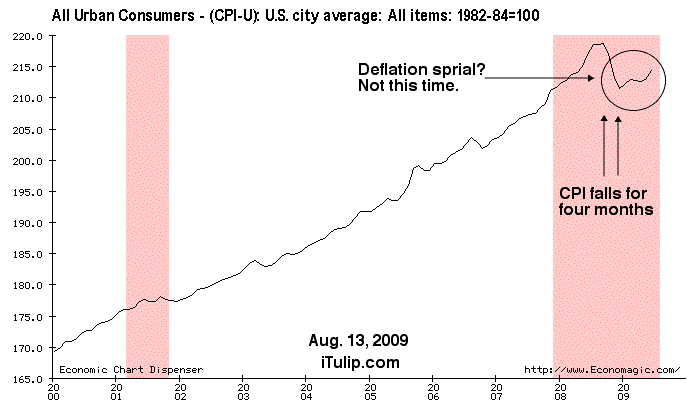
will turn into this...
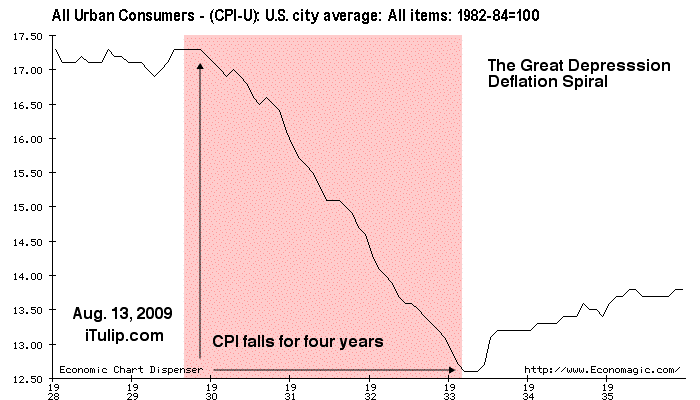
and this...

will turn into this...

Originally posted by Mashuri
View Post
and this...

will turn into this...

and this...

will turn into this...







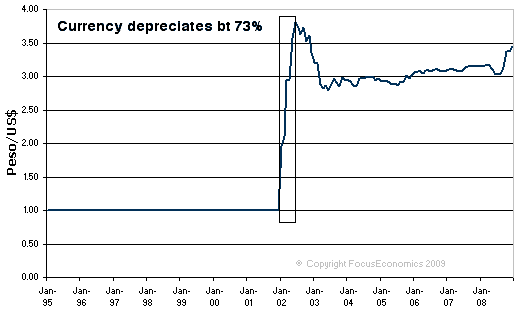
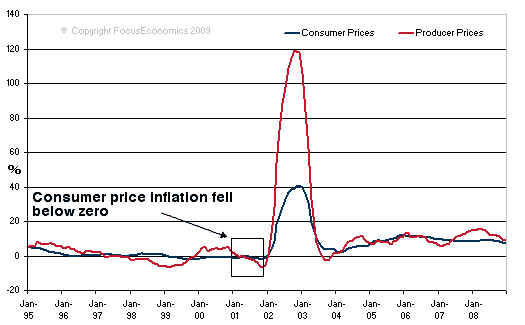
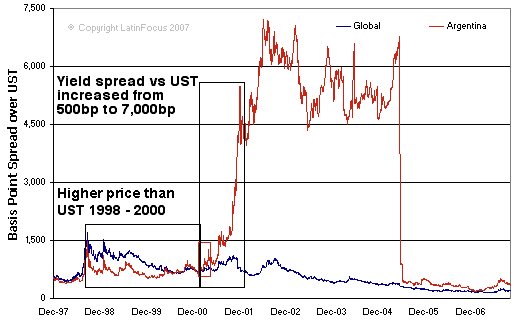
Comment